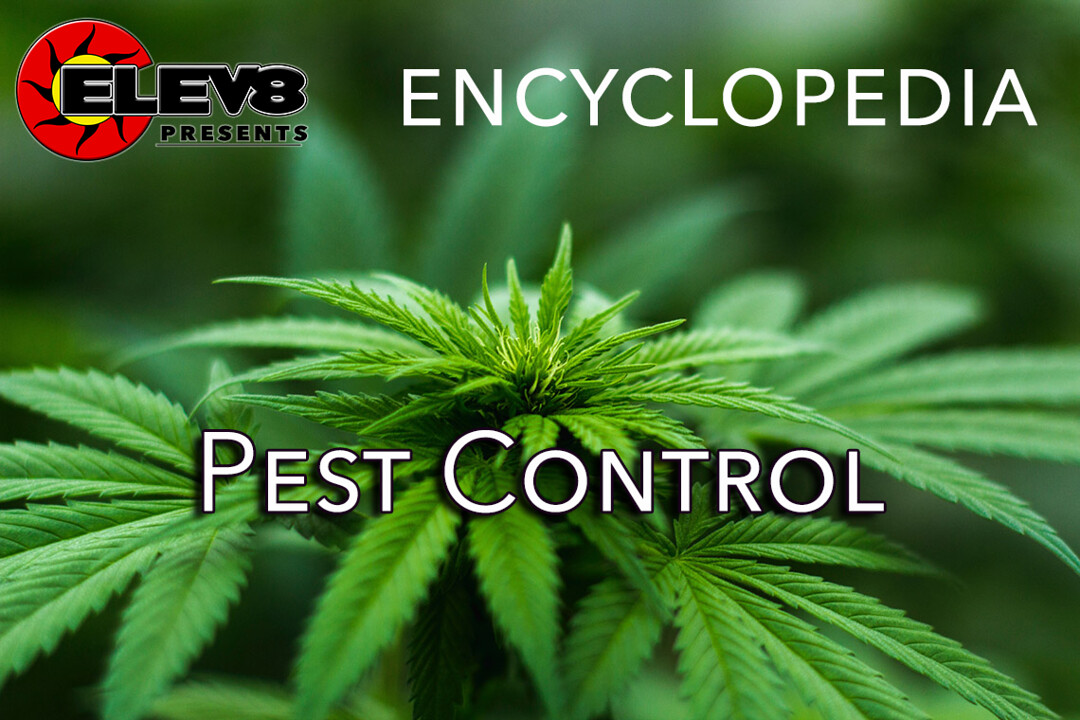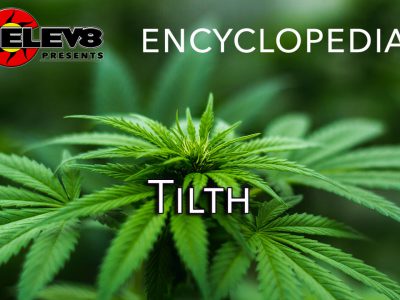What does Pest Control mean?
Pest control is a huge category in the horticulture industry. Essentially, pest control encompasses everything a gardener does both to prevent pests from attacking their plants, and eradicate pest infestations once they occur.
In horticulture, especially in greenhouses and grow rooms, pest control options include chemical and organic pesticides, as well as a host of other options such as integrated pest management (IPM), sticky traps, screens, good personal hygiene, environmental control, and more.
There are several branches of pest control, including biological pest control, which is pitting nature against nature. In these cases, beneficial insects are unleashed in a confined space to attack (eat) the pest insects.
More on Pest Control
Pest control is an essential part of agriculture. Indeed, pests can reduce food security, having a severe impact on yields. While pesticides are commonly used to treat various types of pests, these substances have also been shown to be quite harmful to plants, in some cases even killing them. An abuse (overuse) of pesticides can even pollute water supplies while having a negative impact on the overall health of the farmers.
For the above reasons, some farmers opt for alternative pest control methods such as crop rotation. This involves occasionally alternating between different crop species in order to stop the pests from getting used to the same types of plants. This method also has the advantage of encouraging soil fertility through nitrogen diffused from the roots.
Alternatively, some planters also choose to go for polyculture instead of pesticides. This entails growing different types of crops in the same space, which has been known to increase local biodiversity while reducing the crop’s susceptibility to different types of pests and diseases. On the flip side, polyculture does require more manpower and maintenance.
Other viable pest control options include setting sticky traps up, or planting banker plants, which, in addition to polyculture, is a form of companion planting.







